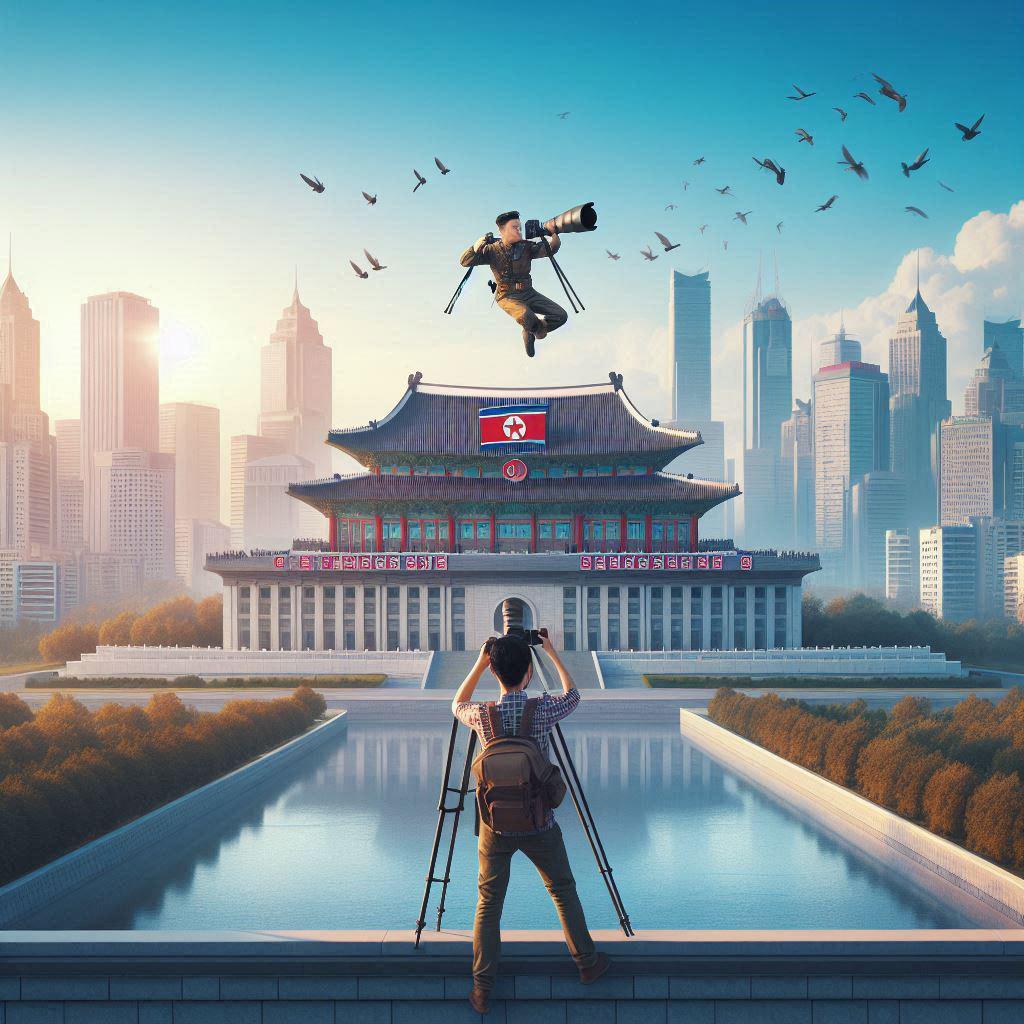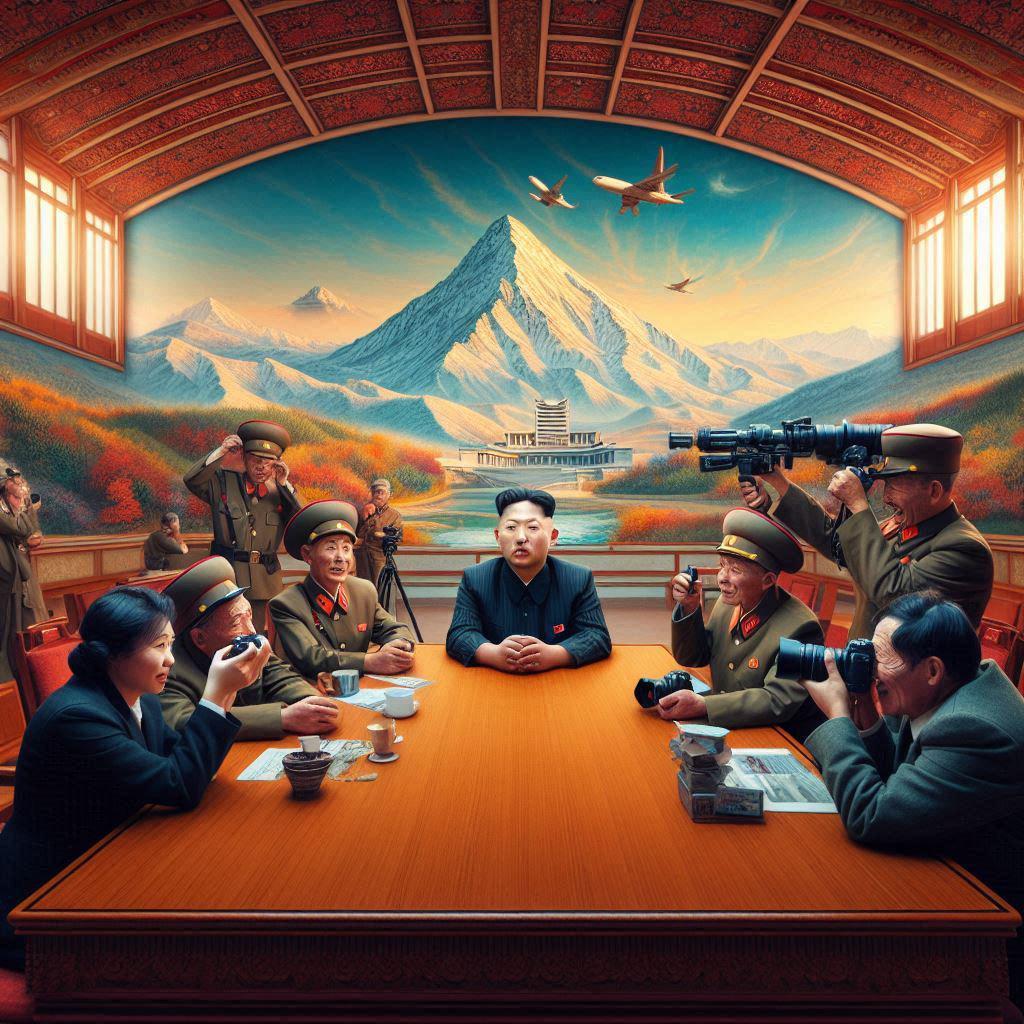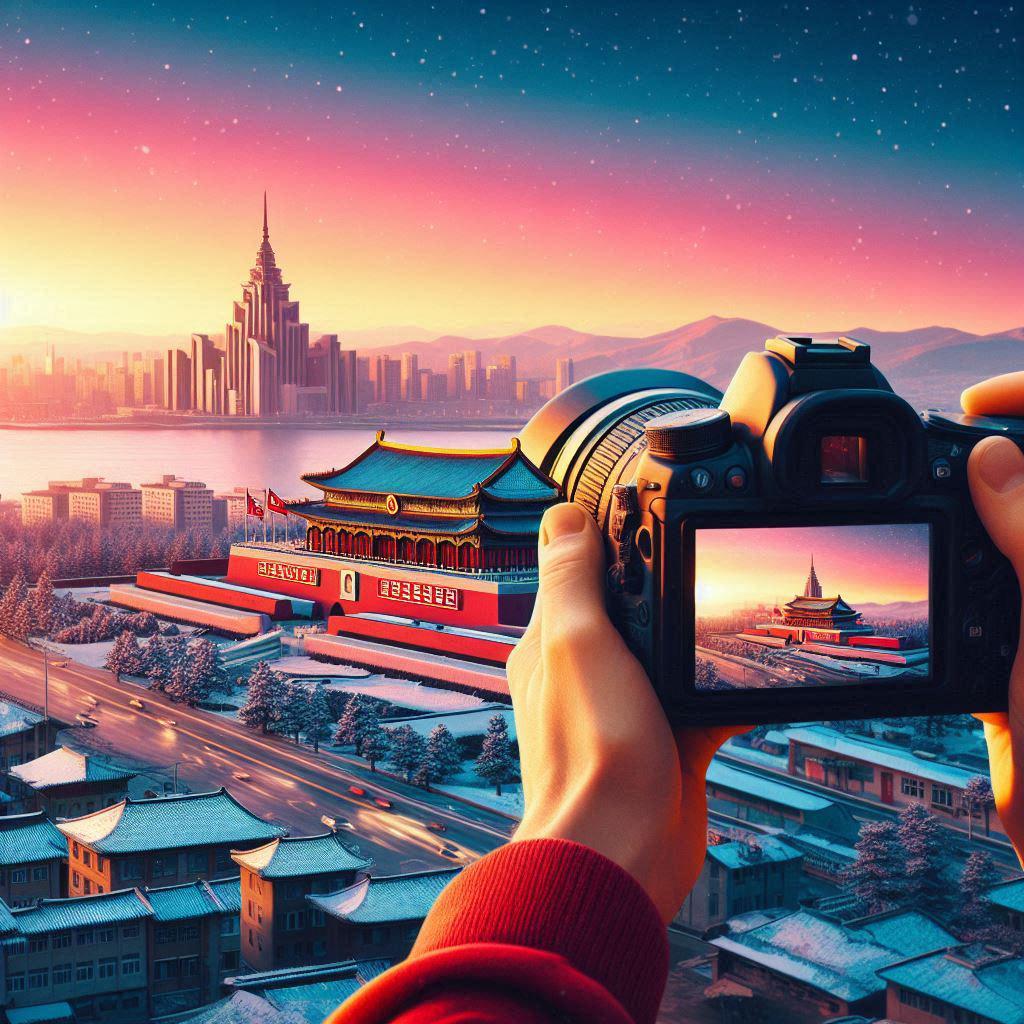Cameras are a traveler’s best friend. Not only can they help document your amazing trips, but they also help reassure your family you’re safe and sound. However, certain countries have strict rules and customs regarding taking photographs.
North Korea, for example, has a reputation for being shut off from the world. The country is known for controlling its image. Yet, it still remains an intriguing destination for adventurous travelers seeking unique experiences.
Knowing how, where, and what you’re allowed to take photos of is key to safely exploring the country and respecting its citizens. After all, you are a guest subject to their rules and customs. With that in mind, here’s everything you need to know about capturing your North Korean trip.

5 tips to remember when taking photographs in North Korea
It’s worth noting that North Korea’s border control reserves the right to check cameras when you leave. As such, you need to pay attention to protocols and etiquette. Otherwise, you may be asked to erase your memory card.
Below are five core areas that tourists need to observe throughout their trip:
- Be respectful of photographing leaders
North Korea has the utmost respect for its leaders. As such, there is strict etiquette for photographing their statutes, pictures, and artwork.
When taking photographs, ensure you capture the total height of the monument. That means statutes and pictures should be in full view, with nothing cut off or hidden. Take a few steps back to get the entire subject in frame.
Tourists should avoid taking photos while in moving vehicles. Movement can blur a photograph, or something might get in your way and obstruct your view.
While you’re free to take pictures with statutes, remember to always have respectful poses. Avoid imitating statues, making faces or gestures, or making light of the monument.
- Don’t photograph the military
Like many countries, North Korea prohibits photographing active military personnel, including its soldiers, border control personnel, military facilities, and bases.
This can prove difficult at times, given the number of soldiers throughout the country. If in doubt, keep the camera away, as soldiers can become paranoid that you’re taking their picture.
That said, plenty of opportunities exist to capture North Korea’s proud military presence. Museums have ideal scenes and exhibits tourists can photograph. For example, Pyongyang’s Victorious Fatherland Liberation War Museum has many displays and recreations, each perfect for a photograph.
One final note about soldiers in North Korea—they are often involved in construction. As such, it’s not wise to take photographs of any building sites, roadworks, or construction projects you come across.

- Avoid photographing controversial issues
It’s no surprise that North Korea expects tourists to be respectful of its citizens and way of life. It can be disrespectful to photograph and highlight negative aspects of your trip. Avoid covering topics such as poverty, human rights, damaged property, civil unrest and squalor.
Taking these photos will attract the wrong kind of attention from officials. And you will most likely be asked to delete these photographs. Moreover, as a conservative society, North Koreans may not appreciate being part of your photos. They may request to see pictures and may ask you to delete or retake them. Respect the locals’ decisions and follow requests.
- Observe camera rules for special events
North Korea is renowned for its flashy cultural and military displays. There are often marches and festivals celebrating the country, which tourists can attend and snap.
These events offer a fantastic opportunity to photograph Korean culture. And often, folklore, dance, and artwork take center stage. Events like the Arirang Mass Games can act as the perfect picture souvenir. It features everything from elaborate choreography to interactive mosaic pictures, fireworks, and more.
Smaller festivals and performances may have different restrictions. As such, it’s advised not to take public displays as an invitation to pull out the camera. Ask your guide for advice before taking photos!
- Respect the rules: No means no
In some parts of North Korea, cameras and smartphones are prohibited. No buts. No exceptions. Unfortunately, these rules can apply to some of the country’s most prestigious tourist hotspots. And while the urge to take a quick pic will be at an all-time high, you must remain respectful.
Popular destinations like the Kumsusan Palace of the Sun have strict policies for tourists and locals alike. Not only are cameras prohibited, but tourists must also check in other belongings, such as smartphones, wallets, and keys.
When asked, surrender any equipment in cloakrooms. Otherwise, you might be denied entry or asked to delete the offending pictures you’ve taken. Controversial places like the International Friendship Exhibition also strictly forbid photography. However, you can still snap the breathtaking landscapes surrounding it as a consolation prize for your photo albums.

Staying connected while in North Korea
When taking photographs in North Korea, you’ll undoubtedly want to share them with your friends and family back home. Not only can this update them on all your adventures, but it’s also a handy way of backing up snaps in case you lose them.
One issue many travelers encounter, though, is connectivity. North Korea can have unreliable internet access, limiting your options. But there is a solution—packing an eSIM card.
An eSIM is a virtual SIM card that allows you to connect to local networks while aborad. No matter where you are in North Korea, an eSIM will do its best to match you with the best, most reliable operators. Simply choose an operator that provides a data plan in the country and activate it before your trip begins.
Once you land in North Korea, you’ll enjoy the best possible connections in your area. You’ll be able to travel the length and breadth of the country and stay in touch with loved ones back home. Best of all, you can share amazing photos as you take them!





